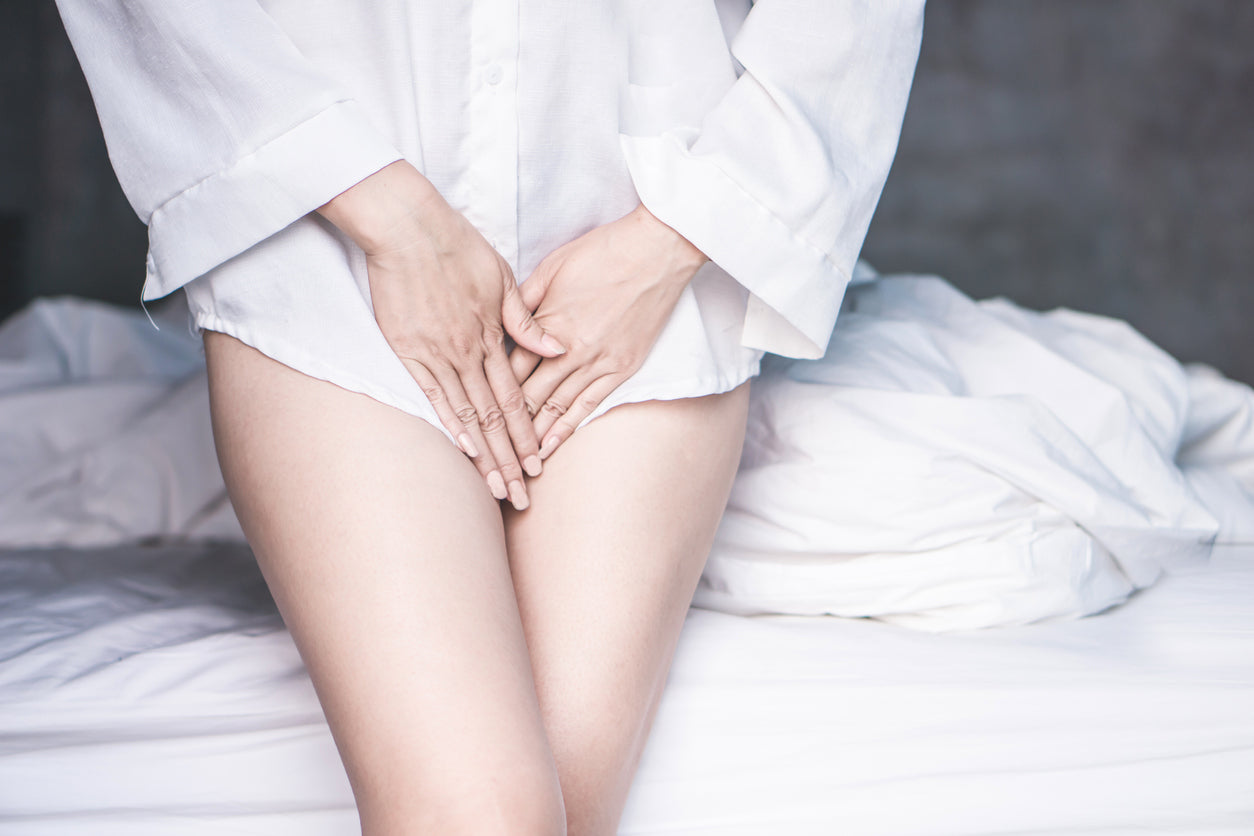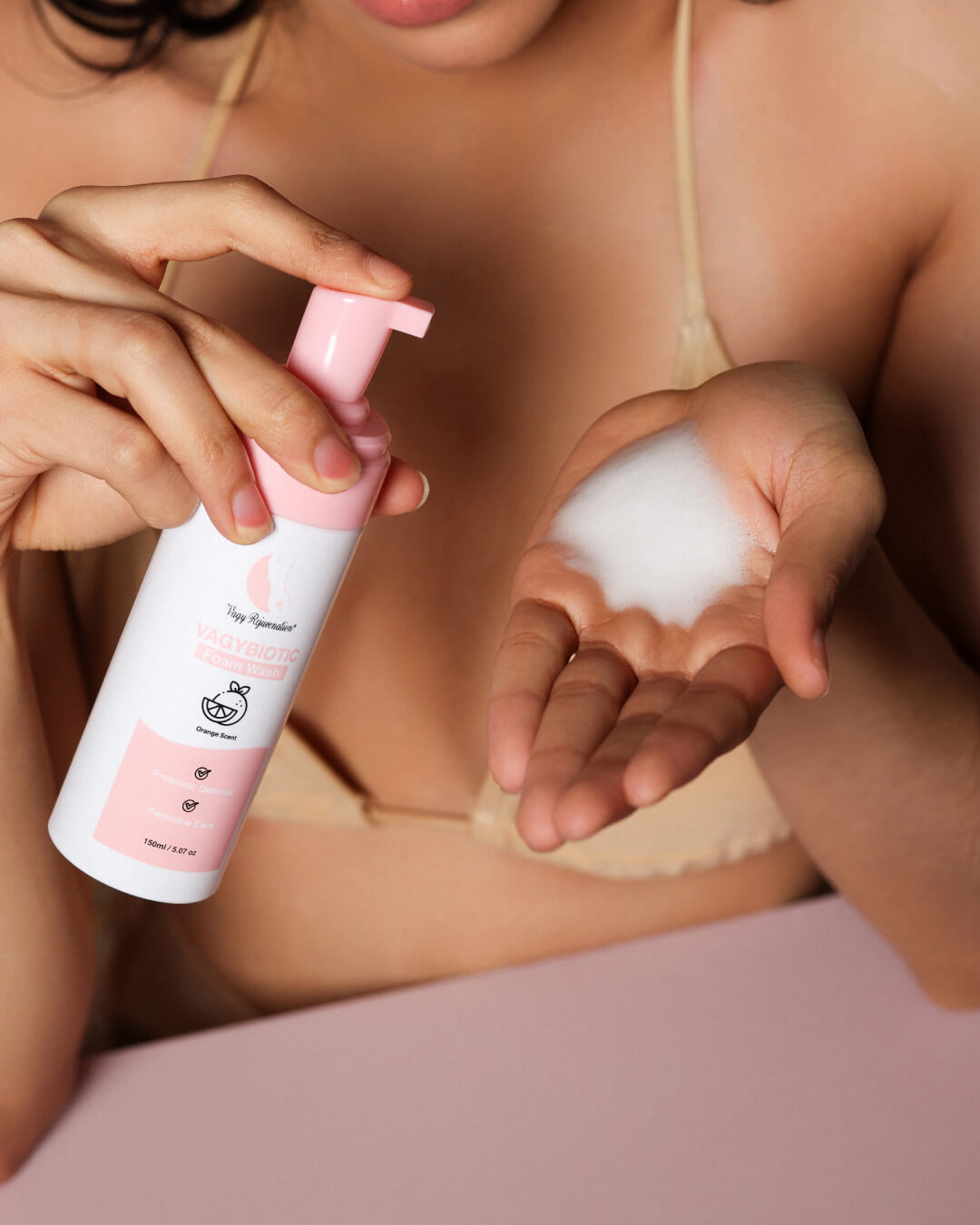
How to keep your vagina healthy during menopause
The natural decline in estrogen and testosterone after menopause can cause gradual physical and sexual changes and is detrimental to vaginal health.
Perimenopausal, menopausal and postmenopausal women notice reduced arousal and less sensitivity to touch and therefore less interest in sex. Reduced estrogen levels also lead to decreased blood supply to the vagina. It affects vaginal lubrication, leading to vaginal dryness and eventually vaginal atrophy.
What is vaginal atrophy?
Medically known as atrophic vaginitis, vaginal atrophy is when the lining of the vagina becomes thinner and drier.
It results in a sensation of itching, burning, and pain or bleeding during sexual intercourse . Vaginal atrophy can cause other complications such as urinary tract infections. A compound term for these complications is genitourinary syndrome of menopause.
Difference between vaginal atrophy and a yeast infection
It is common to misdiagnose vaginal atrophy as a yeast infection, as they have similar symptoms of dryness, itching, inflammation, and pain.
However, a vaginal yeast infection is the result of a fungal infection, while vaginal atrophy is the result of low estrogen production. Professionals recommend a consultation with your health care provider about the symptoms to arrive at a clear prognosis.
Who is prone to vaginal atrophy?
Menopausal women age 50 or older are at the highest risk for vaginal atrophy because they no longer ovulate. The American Association of Family Physicians reports that more than 40% of postmenopausal women have symptoms of vaginal atrophy.
However, only 25% of them seek medical attention from a healthcare provider. Although it is uncommon, some women show similar symptoms during perimenopause due to the loss of vaginal tightness.
Other factors that accelerate the development of vaginal atrophy include:
- Lack of an active sex life
- Reduced ovarian function as a result of chemotherapy or radiation
- Immunodeficiency
- Medications that contradict estrogen
- Estrogen Levels do not fluctuate
- Smoke
- Lactation
- Removal of ovaries
- Postpartum loss of placental estrogen
Causes of vaginal atrophy
Menopause causes a significant drop in estrogen production. When estrogen levels decrease, a change in vaginal tissue occurs, a thinner lining, a fluctuation in the vaginal pH balance, and urinary incontinence.
The vaginal canal also appears to shorten and narrow. Low estrogen levels reduce the average production of vaginal fluids. Women immediately after childbirth and breastfeeding report cases of vaginal dryness due to a decrease in estrogen production, which is standard in those circumstances.
Symptoms of vaginal atrophy are also common in women who have had their ovaries removed and in those receiving chemotherapy or radiation. Similarly, those taking medications containing aromatase inhibitors show these symptoms.
Symptoms of vaginal atrophy
Symptoms of vaginal atrophy include:
- Dryness
- vaginal Thinning of the vaginal walls
- Narrowing and shortening of the vaginal walls
- Frequent urinary tract infections
- Itchy or burning vagina and vulva
- Painful sexual intercourse (dyspareunia) Discharge
- yellow vaginal
- Spotting or bleeding
Although symptoms of vaginal atrophy may appear in some women before and during menopause, in other women, they may not appear until years later.
Diagnosis of vaginal atrophy
Depending on your symptoms, your health care provider may decide to perform a pelvic exam to examine the appearance of your vagina and diagnose your vaginal health. A pelvic exam with positive results for vaginal atrophy shows:
- Short and narrow vagina
- Inflamed vaginal walls
- Inelastic internal vaginal skin
- Whitish discoloration of the vagina
- A lump at the back of the vagina
- Vulvar skin conditions, lesions and redness
- Lack of pubic hair
- Bladder drop
- Urethral injury
A trained clinical officer may also order several tests to differentiate vaginal atrophy from conditions with similar symptoms. These tests include:
- Serum hormone test Test of
- Pap smear
- Vagina PH
- Microscopy
- Ultrasound
- Urine sample
Some questions a health care provider may ask to diagnose vaginal atrophy include:
- Are you menopausal?
- Are you taking any medication?
- Have you recently given birth?
- Do you experience painful vaginal intercourse?
- Are you taking over-the-counter lubricants and moisturizers?
- How long have you noticed these symptoms?
Because vaginal atrophy is commonly underdiagnosed, be sure to mention it to your healthcare provider if your symptoms match.
Management and treatment of vaginal atrophy
Depending on the severity of your symptoms, your health care provider may recommend estrogen therapy if it is the most effective treatment for vaginal atrophy .
A lubricant or moisturizer is perfect for coating the vagina and controlling the symptoms of vaginal atrophy.
The 10-application treatment works to counteract the symptoms of vaginal atrophy, strengthen the vaginal walls, and restore the natural balance of vaginal pH and microbiome. It improves comfort during intercourse and promotes greater orgasm by strengthening the vagina. Plus, it improves your overall vaginal health.
Vagy Rejuvenation is a company dedicated to providing natural products for women's health. Contact us for more information on how to keep your vagina healthy during menopause.

